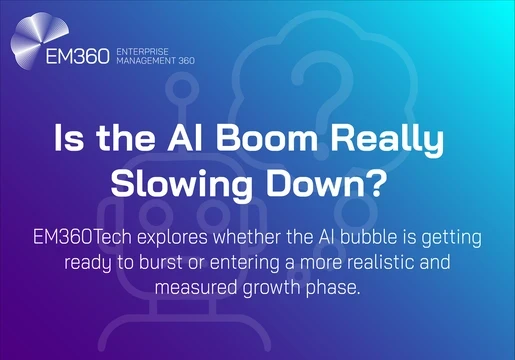Artificial Intelligence is quickly making its way into the mainstream for many companies. Whether you’re leveraging machine learning tools for your data management strategy, or using intelligent insights to learn more about your customers, you’re likely investing in AI somewhere.

One of the valuable sub-sections of the AI and Machine Learning (ML) landscape gaining rapid attention today is “deep learning”. With deep learning frameworks, companies can create a wide variety of powerful tools, bots, and services. Currently, the market for deep learning is growing at a rate of 34.3% per year- faster than most technologies.
The question is, with so many deep learning solutions in the market today, which offerings are most worthy of your attention? Here are the top 10 deep learning frameworks worth considering now







Comments ( 0 )